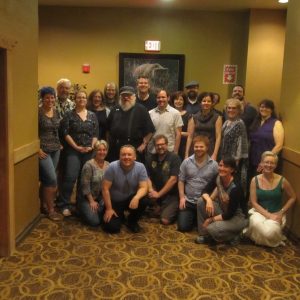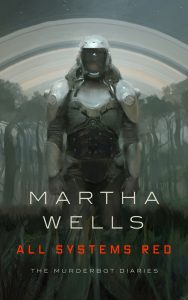Writing buddy Sam of Moyas Buchgewimmel passed the baton of the Versatile Blogger Award, so I guess that’s what you get this week: 7 random (yikes!) facts. And I’ll gladly pass it on to whoever likes to share their own random facts. I must admit I love to read those from time to time, so go on and jot something down!
1: I like limits
I don’t like to follow them to the letter; on the contrary: give me a limit, and I will test it and stretch it and try to break it. But I think I get inspired by the challenge, by having something to chew on. Form, length, theme, or character constraints – anything is better than starting with an anything goes premise.
So, first of all, this list needs a limit. Seven facts about me finding words.
2: I’m wordy
I could drone on and on about those facts. Tl;dr is my worst nightmare. Social media and the need to have your say in way too less characters or as a caption for a picture (to stand in for the remaining 995 words) go against my instinct to get to the bottom of things. But I learned to cut. See?
3: Copy-Cat
Clever ways of saying things, phrasings, lyrics, and expressions get stuck in my head like blueprints. I try to be aware of that.
4 (copy-catted at Sam’s place): I only write when it’s dark
Not entirely true, but also not completely false. I am the night. Leave me to my own devices, take away dependancies on other people’s schedules and opening hours, and I’m guaranteed to mutate into a nocturnal creature.
5: The chicken is IN
All words are great in the night. So it’s best to re-evaluate them in the morning. As. If. I. Could ever read them again. So many brilliant ideas lost in the realms of chicken scratch. Woe is me!
6: Chicken out
I tend to leave things unfinished for lack of a perfect ending. Maybe it would be better to put them out anyway, instead of chewing on them forever or letting them perish incomplete in the drawer/drafts folder/wip shelf?

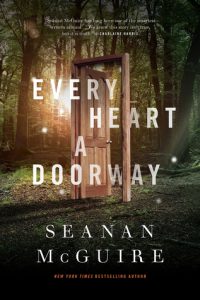
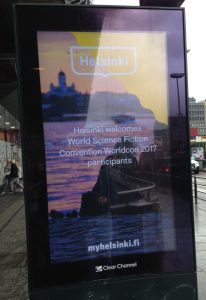
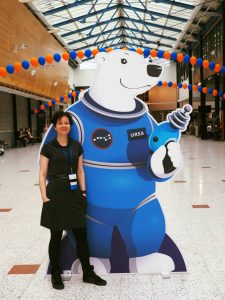
 What I enjoyed most, though, was the movie’s beginning at Themyscira, showing a whole island of women at all levels of society. I could have watched this forever. Actually, I was able to watch it for quite some time, because Wonder Woman starts out slow-paced. Which would have been perfect, hadn’t the rest of the film been totally detached from these scenes. I felt there should have been some reconnection later on, anything to justify the time we spent with that awesome Amazon action.
What I enjoyed most, though, was the movie’s beginning at Themyscira, showing a whole island of women at all levels of society. I could have watched this forever. Actually, I was able to watch it for quite some time, because Wonder Woman starts out slow-paced. Which would have been perfect, hadn’t the rest of the film been totally detached from these scenes. I felt there should have been some reconnection later on, anything to justify the time we spent with that awesome Amazon action.
